Ginger’s Big Brother? 7 Bold Alternatives to Spice Up Your Kitchen
Table of Contents
Introduction
If you're a fan of spicy, zesty flavors, then ginger is probably your go-to spice. But what happens when you run out or just want to mix things up? That's where alternatives come in! Whether you're an amateur enthusiast or a seasoned pro, these substitutes can bring new life to your recipes.
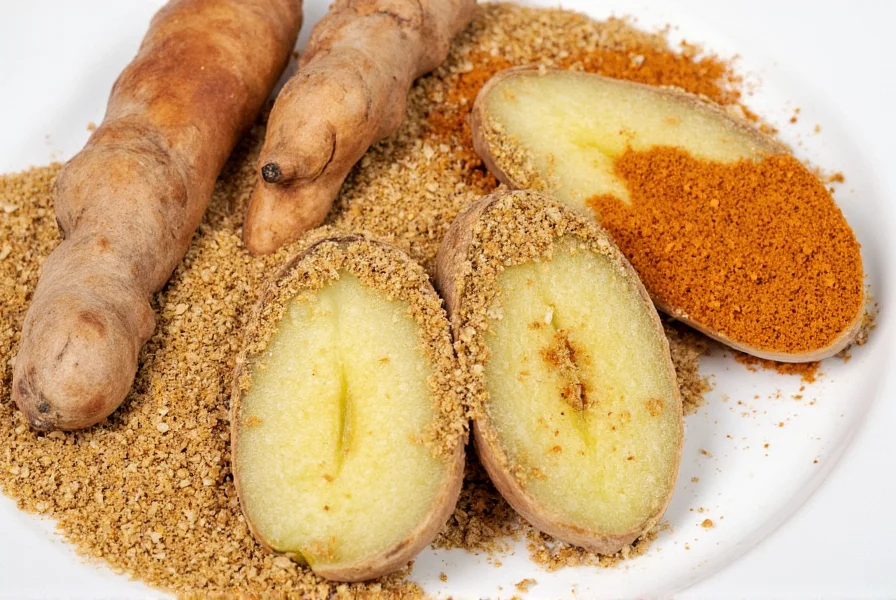
Why Ginger is a Kitchen Staple
Ginger has been used for centuries in both cooking and traditional medicine. Its sharp, pungent flavor adds depth to everything from stir-fries to teas. But sometimes, you might find yourself needing something different—maybe a milder option, or one with a more complex profile. That’s when alternatives shine.
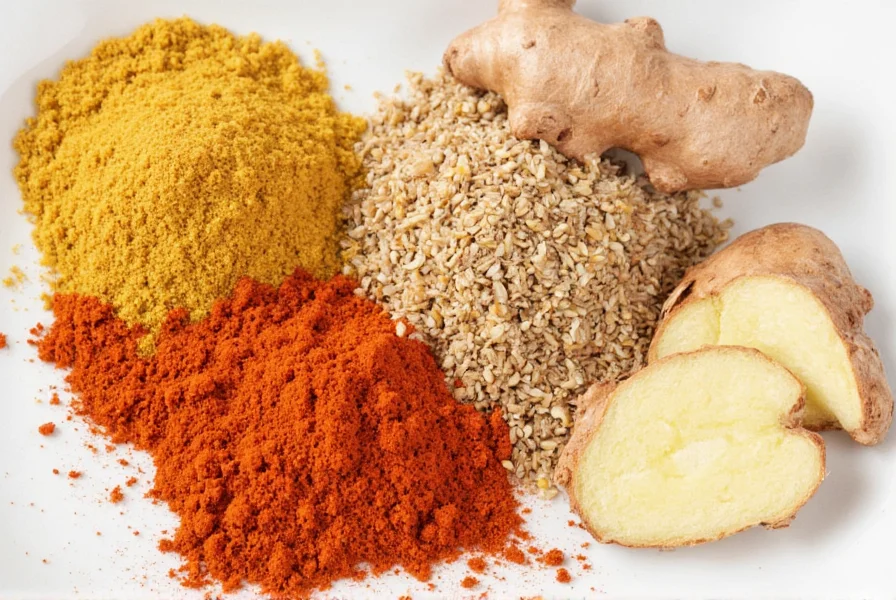
7 Alternatives to Ginger
Here are seven exciting options that can step in for ginger:
- Celery Root (Celeriac): A root vegetable with a mild, slightly sweet flavor that works well in soups and stews.
- Wasabi: For those who love heat, wasabi offers a sharp, sinus-clearing kick that mimics ginger’s spiciness.
- Garlic: Though not a direct substitute, garlic adds a savory depth that can complement or replace ginger in certain dishes.
- Mustard: Both yellow and Dijon varieties offer a tangy bite that can stand in for ginger in sauces and dressings.
- Parsley: This herb adds freshness and a subtle bite that can mimic ginger’s brightness in some recipes.
- Horseradish: Another strong contender for those who crave a bold, spicy punch.
- Peppercorns: Especially black pepper, which provides a subtle heat and complexity similar to ginger.

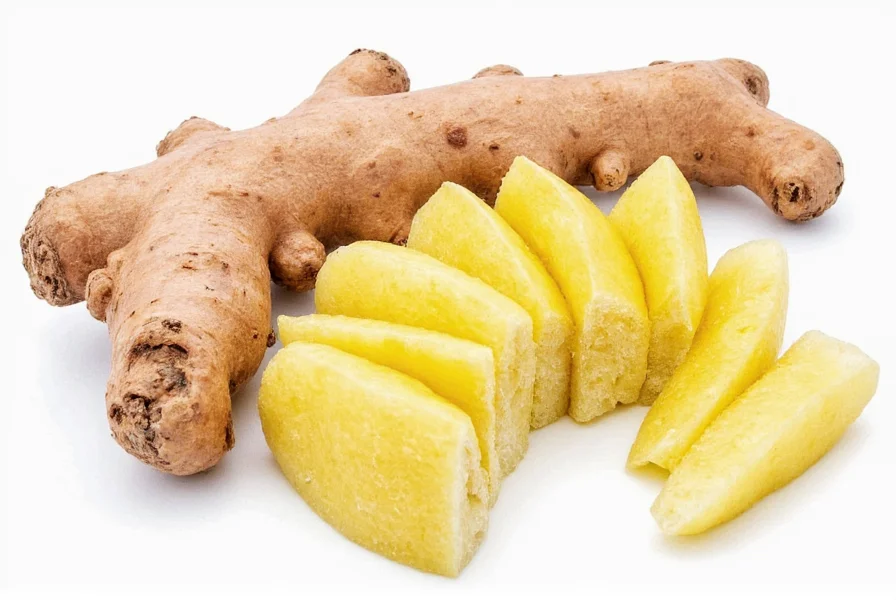

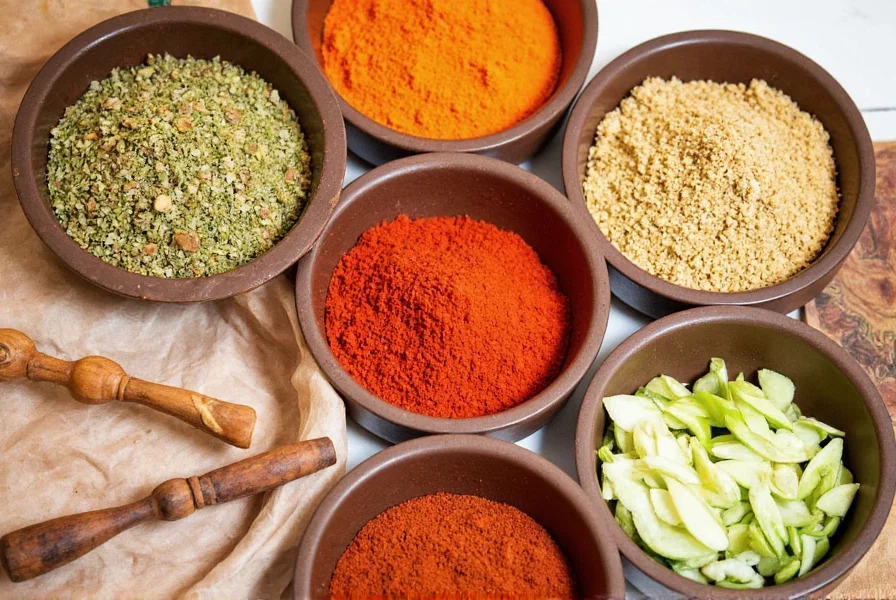
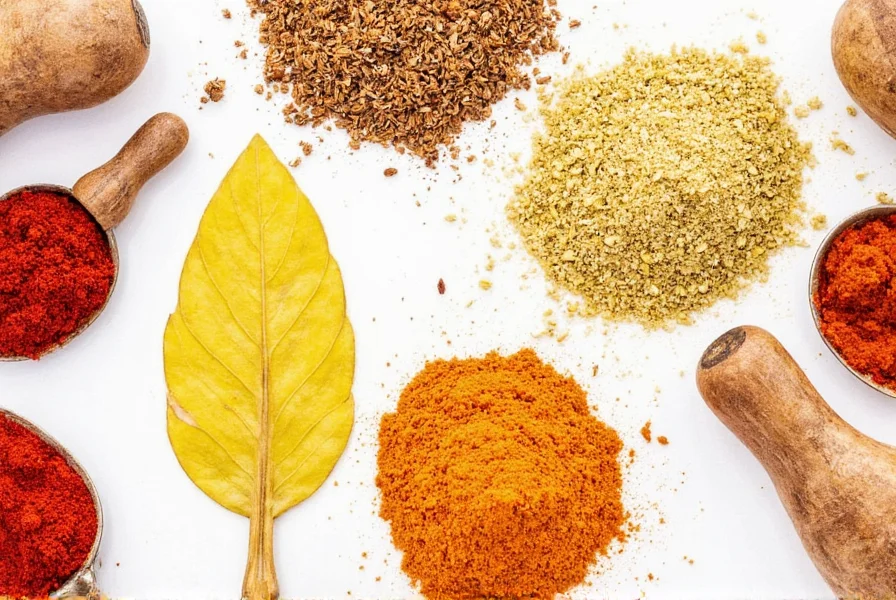

Comparison Table: Ginger vs. Alternatives
| Alternative | Taste Profile | Best Used In | Flavor Intensity |
|---|---|---|---|
| Ginger | Spicy, warm, slightly sweet | Soups, stir-fries, teas | Medium to high |
| Celery Root | Mild, slightly sweet | Soups, roasts, slaws | Low to medium |
| Wasabi | Sharp, sinus-clearing | Sushi, dressings, sauces | High |
| Garlic | Savory, pungent | Stir-fries, roasted dishes | Medium to high |
| Mustard | Tangy, slightly spicy | Dressings, marinades, sauces | Medium |
| Parsley | Fresh, herbal | Salads, garnishes, soups | Low |
| Horseradish | Strong, spicy | Sauces, cold dishes, sandwiches | High |
| Peppercorns | Warm, slightly hot | Meats, broths, seasonings | Low to medium |
Practical Tips for Using Alternatives
Switching up your spices can be a fun experiment. Here are some tips to help you make the most of these alternatives:
- Start small: Since some alternatives like wasabi or horseradish are very strong, use them sparingly at first.
- Combine flavors: Sometimes, using two or three substitutes together can create a more complex flavor profile.
- Experiment with textures: Some alternatives work better raw, while others are best cooked.
- Consider the dish: Certain ingredients pair better with specific alternatives. For example, mustard works great in vinaigrettes, while parsley is ideal for fresh garnishes.
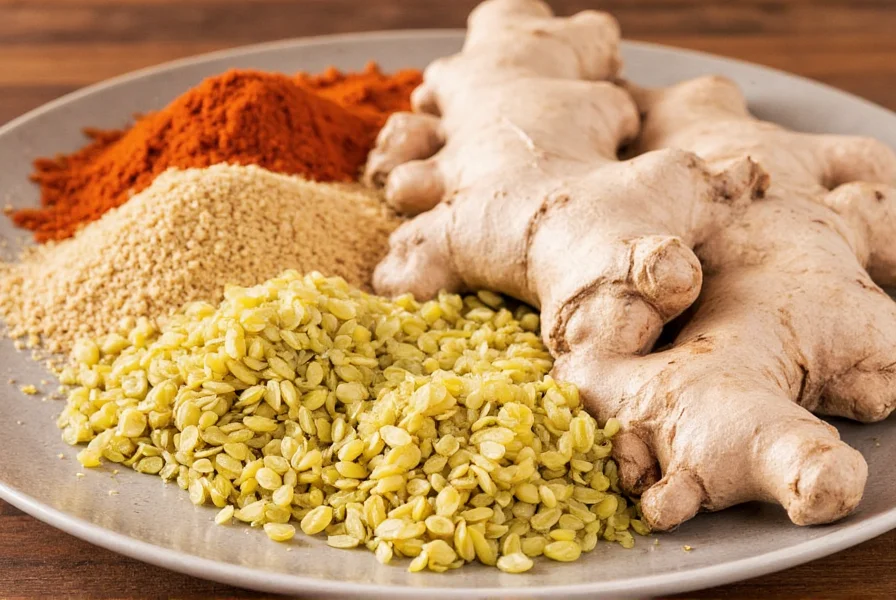
Buying Guide: Choosing the Right Alternative
When it comes to selecting an alternative to ginger, there are several factors to consider. Here's a breakdown of the top options:
1. Celery Root (Celeriac)
Features: Firm, pale flesh with a mild, slightly sweet flavor.
Advantages: Versatile, low in calories, easy to store.
Use Cases: Soups, roasted vegetables, slaws.
Target Audience: Home cooks looking for a mild alternative.
Suitable Occasions: Winter meals, light lunches, health-focused dishes.
2. Wasabi
Features: A green, spicy paste made from the wasabi plant.
Advantages: Adds a unique, intense heat that’s perfect for sushi lovers.
Use Cases: Sushi, sashimi, dressings, and sauces.
Target Audience: Enthusiasts of Japanese cuisine.
Suitable Occasions: Casual dinners, special events, food festivals.
3. Garlic
Features: Pungent, aromatic bulb with a range of flavors depending on preparation.
Advantages: Adds depth and complexity to many dishes.
Use Cases: Roasted meats, stir-fries, garlic butter.
Target Audience: Seasoned chefs and home cooks alike.
Suitable Occasions: Everyday meals, holiday feasts, family dinners.
4. Mustard
Features: Tangy, mildly spicy condiment available in various forms.
Advantages: Enhances flavor without overpowering other ingredients.
Use Cases: Salad dressings, marinades, sandwich spreads.
Target Audience: Health-conscious eaters and condiment lovers.
Suitable Occasions: Picnics, casual gatherings, breakfasts.
5. Parsley
Features: Fresh, leafy herb with a mild, grassy taste.
Advantages: Adds a bright, clean finish to dishes.
Use Cases: Salads, soups, garnishes.
Target Audience: Those who enjoy subtle flavors.
Suitable Occasions: Light meals, appetizers, fresh dishes.
6. Horseradish
Features: Strong, spicy root with a sharp, biting flavor.
Advantages: Adds a powerful kick that complements rich dishes.
Use Cases: Sauces, cold cuts, sandwiches.
Target Audience: Spicy food enthusiasts.
Suitable Occasions: Holiday meals, hearty dinners, barbecues.
7. Peppercorns
Features: Small, round seeds that provide a warm, slightly hot flavor.
Advantages: Adds depth and complexity to a wide variety of dishes.
Use Cases: Meats, broths, seasoning blends.
Target Audience: Anyone who loves a bit of heat.
Suitable Occasions: Everyday meals, seasonal dishes, comfort foods.
Each of these alternatives brings its own unique flavor profile to the table. Whether you’re looking for a milder option or something with more intensity, there’s an alternative that fits your taste and recipe needs.

Conclusion
Ginger may be a kitchen staple, but it’s far from the only player in the game. From the subtle brightness of parsley to the fiery punch of wasabi, these alternatives can add new dimensions to your cooking. So next time you’re out of ginger, don’t panic—reach for one of these exciting substitutes instead.
A sentence that expands on the alternative to ginger: While ginger offers a distinct warmth and spice, alternatives like wasabi or horseradish can provide a sharper, more intense kick, making them perfect for those who crave bold flavors in their dishes.
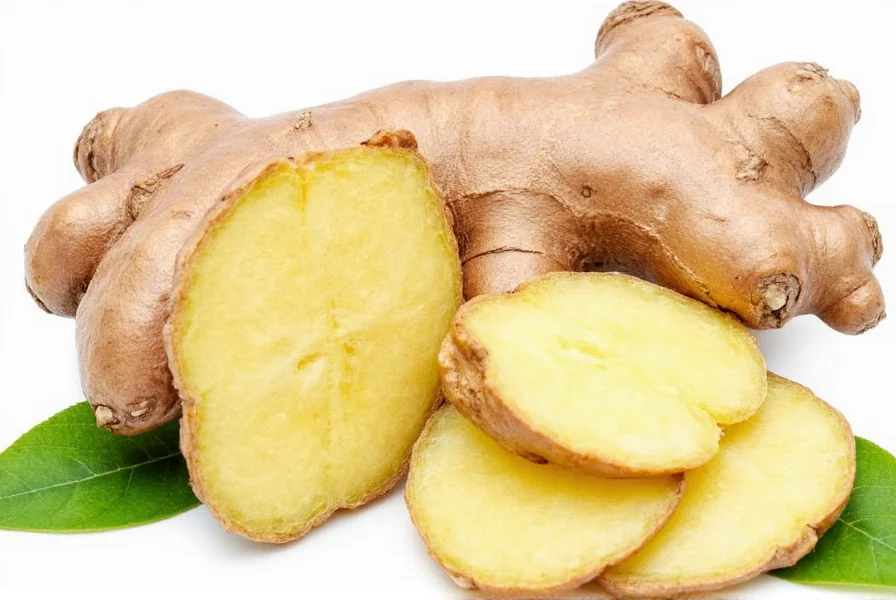

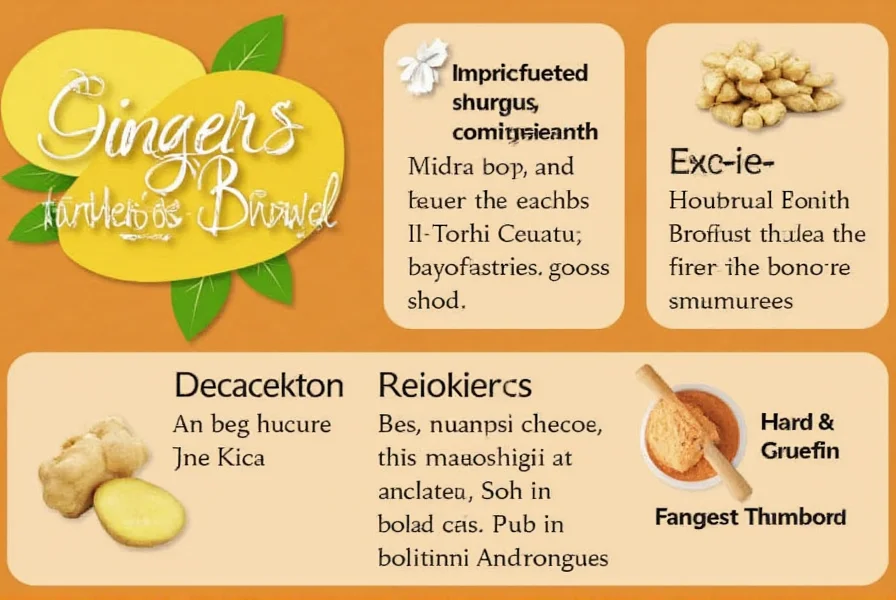









 浙公网安备
33010002000092号
浙公网安备
33010002000092号 浙B2-20120091-4
浙B2-20120091-4